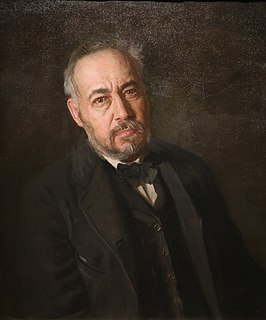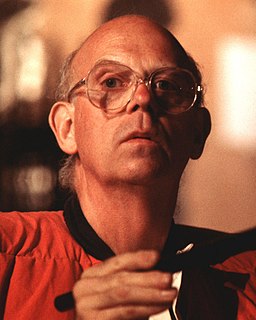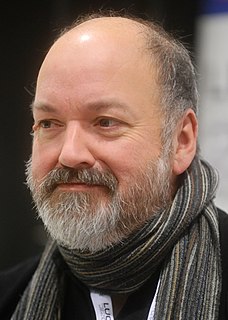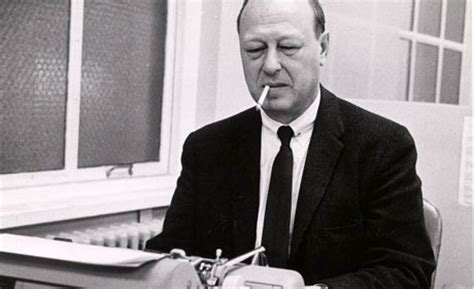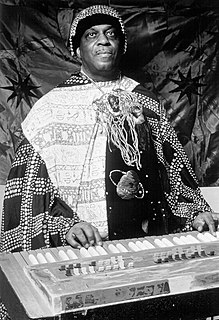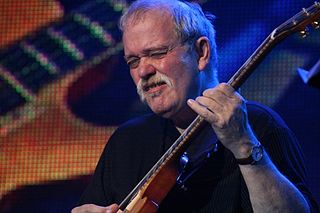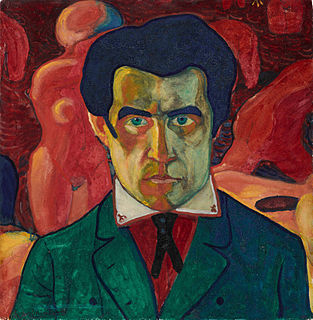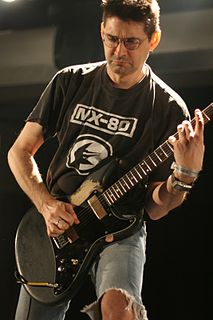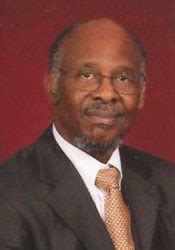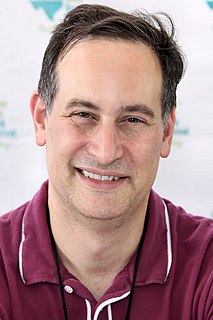A Quote by Thomas Eakins
I once painted a concert singer and on the chestnut frame I carved the opening bars of Mendelssohn's Rest in the Lord. It was ornamental unobtrusive and to musicians I think it emphasized the expression of the face and pose of the figure.
Related Quotes
I've always used masks. I think it's a lot about the fact that masks often reveal a sort of subconscious element to a character. The mask is carved and given an expression or markings to reveal something, even though it's shielding the face. Even though it's hiding the face, it seems to reveal something underneath.
I think there is a misconception that when people are the face of something, or they're the voice, especially when they're young women, that they're being created or molded by someone else. I think more so than not wanting to be a singer I was afraid of being mislabeled as just a singer - not that that's a bad thing.
